Watering Peanut Plants: How And When To Water A Peanut Plant
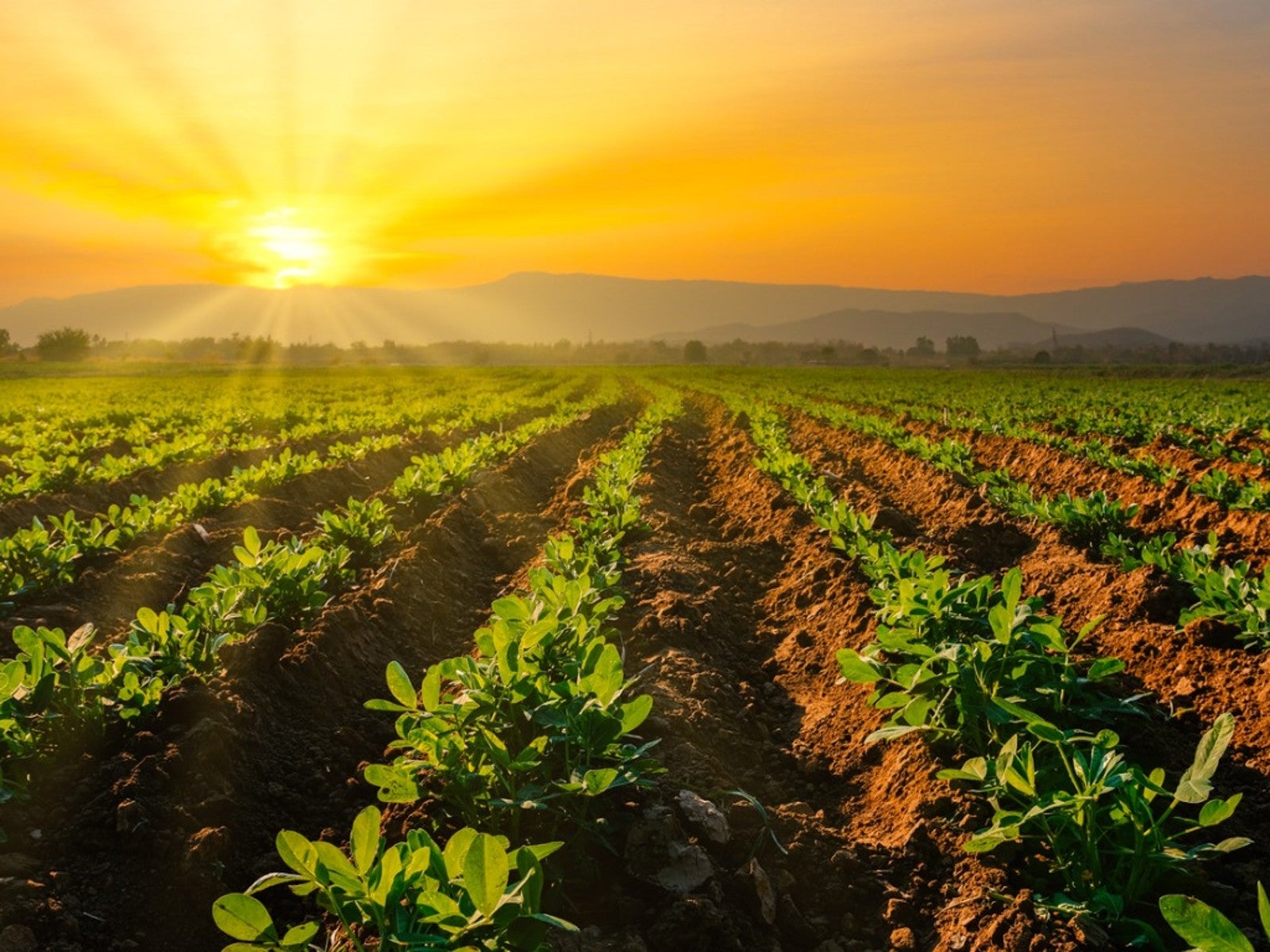
Half the fun of raising peanut plants (Arachis hypogaea) is watching them grow and change rapidly. This South American native starts life as a perfectly unremarkable seed. The tiny plant that emerges from the soil looks like a little pea or bean plant, soon reaching its mature height of a foot or two (31-61 cm.), depending upon variety.
The sturdy little plant then marches to its own drum. Yellow flowers appear and wither, producing surprising flower stalks, or pegs. These cool little structures lengthen on the stem, growing downward. Upon arrival, the peg pushes the flower's ovary (pistil) an inch or two (2.5-5 cm.) deep into the soil. There the ovary ripens, growing into the pod with the peanuts (seeds) inside.
In order to achieve this feat, though, certain peanut water requirements must be met. So how much water does a peanut plant need and when? Read on to learn more.
When to Water a Peanut Plant
Water your peanut plant when the soil appears to start drying out. You may need to water up to two to four times weekly, depending upon your local weather conditions and rainfall amounts.
Consider other garden vegetable plants in answer to the question, “how much water does a peanut plant need?” Peanut water requirements are similar to those of most common garden varieties. These plants typically need about one inch (2.5 cm.) of water, including rainfall and watering on your part, each week during their particular growing season.
Watering peanut plants is typically hit-or-miss during much of the growing season. However, growth, flowering, and peanut pod development all depend upon abundant moisture. Too dry growing conditions during these critical periods will decrease the size of your harvest significantly and jeopardize your plant's health.
Peanut plants need plenty of water from the time they begin to bloom until the pegs have all completely burrowed into the soil. Look for your first flowers to appear somewhere between 25 and 40 days after planting. From blooming until harvest, take care to not let your peanut plant dry out.
Gardening tips, videos, info and more delivered right to your inbox!
Sign up for the Gardening Know How newsletter today and receive a free copy of our e-book "How to Grow Delicious Tomatoes".
When the plant's leaves begin turning yellow in the fall, it's time to stop watering completely. Leaf yellowing is the signal that all your hard work will soon pay off. Your peanut harvest is now 10 to 14 days away.
Watering Peanut Plants
The home gardener's best friend is a plastic perforated “soaker” hose. The advantages of “drip” irrigation include placing water at the base of your plants where it's needed – not out in the middle of the yard. Drip irrigation cuts water usage by at least half, allows you to water large gardening areas at the same time, and lends itself perfectly to peanut plant watering.
You'll also love being able to walk away from the irrigation task to perform other duties simultaneously. Maybe the most beneficial to your peanut plant itself, drip irrigation keeps the water at the root zone and not on the leaves. Wet foliage enables mildew invasions.
Beautiful in its simplicity, the soaker hose is a snap to use for peanut irrigation – just place it alongside your plants with the holes pointing upward. Turn on the water source and adjust so that the holes deliver a slow trickle of water to your plants with the soil absorbing the water completely. You may turn it up slightly and check several times as long as the water is not running off. Check often and turn off the water source when runoff begins to occur.
-
 Try The Trend – Turn Any Bed Into A Keyhole Garden With This Clever In-Ground Composter
Try The Trend – Turn Any Bed Into A Keyhole Garden With This Clever In-Ground ComposterKeyhole gardening is an efficient and sustainable practice that saves space. Get started on this DIY project quickly and easily with an in-ground composter.
By Bonnie L. Grant
-
 4 Superfast Composting Methods: Turn Waste Into Garden Gold In 30 Days Or Less
4 Superfast Composting Methods: Turn Waste Into Garden Gold In 30 Days Or LessTry the fastest composting methods to turbocharge your pile and transform kitchen scraps and garden waste into finished compost in just a few weeks.
By Mary Ellen Ellis
-
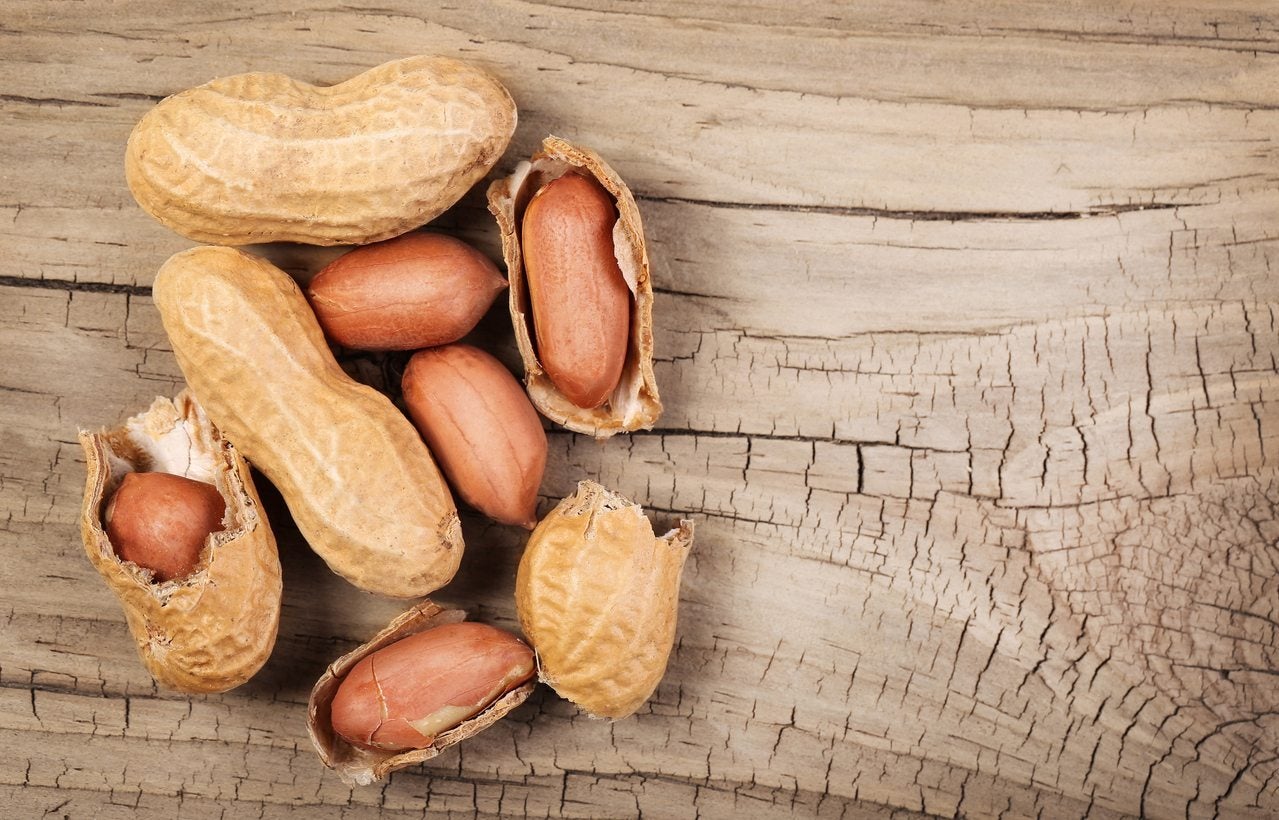 Valencia Peanut Info: Learn How To Grow Valencia Peanuts
Valencia Peanut Info: Learn How To Grow Valencia PeanutsIf you are only familiar with peanuts in the form of peanut butter or ballpark snack, you may be wondering what are Valencia peanuts? Click this article to find out how to grow Valencia peanuts and other info on Valencia peanut varieties.
By Amy Grant
-
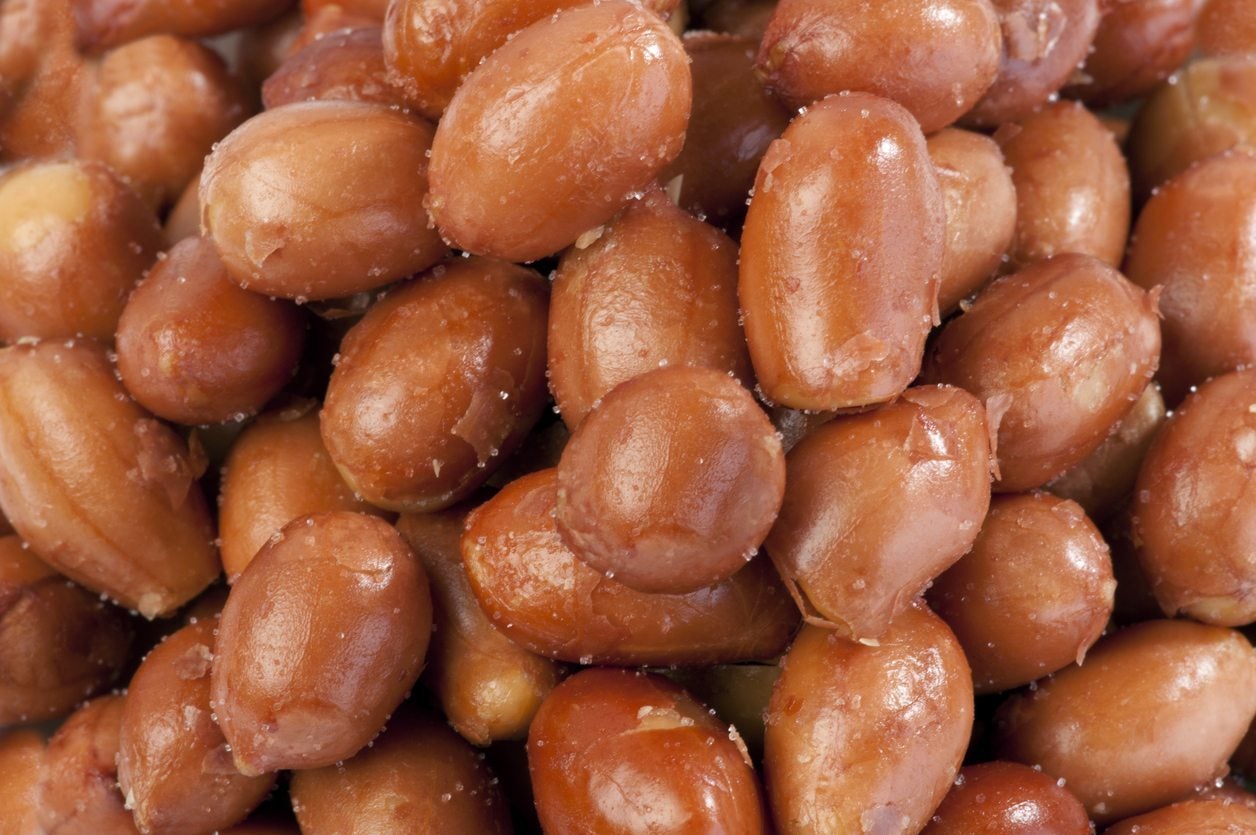 Spanish Peanut Information: Tips On Growing Spanish Peanuts In Gardens
Spanish Peanut Information: Tips On Growing Spanish Peanuts In GardensIf you've ever enjoyed peanut candies or peanut butter, then I'm sure you are familiar with their tasty potential and can't wait to get started growing Spanish peanuts in your garden. Let's get talking about Spanish peanut information and find out how to grow Spanish peanuts here.
By Shelley Pierce
-
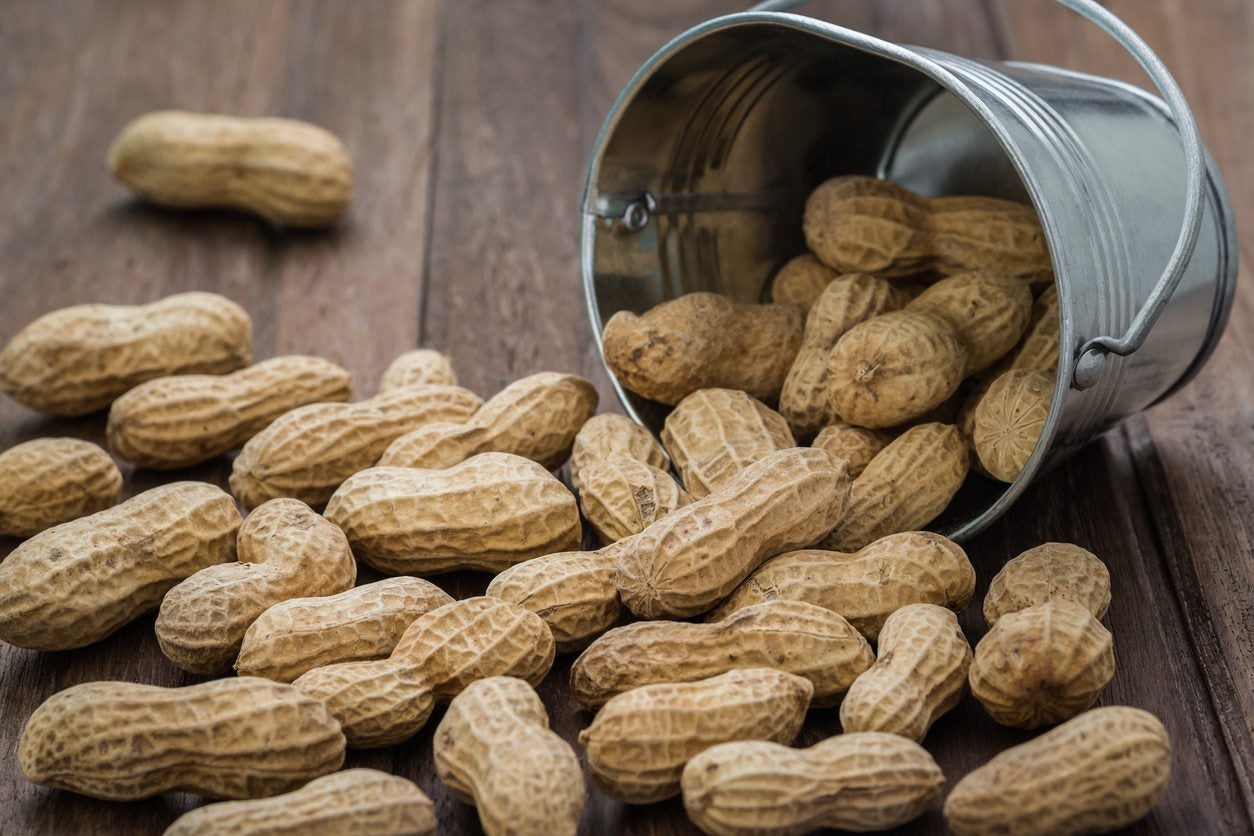 What Is A Virginia Peanut: Information On Planting Virginia Peanuts
What Is A Virginia Peanut: Information On Planting Virginia PeanutsAmong their many common names, Virginia peanuts are called goobers, ground nuts and ground peas. Although they're not grown exclusively in Virginia, their common name gives a nod to the warm southeastern climates where they thrive. Learn about them here.
By Victoria Blackstone
-
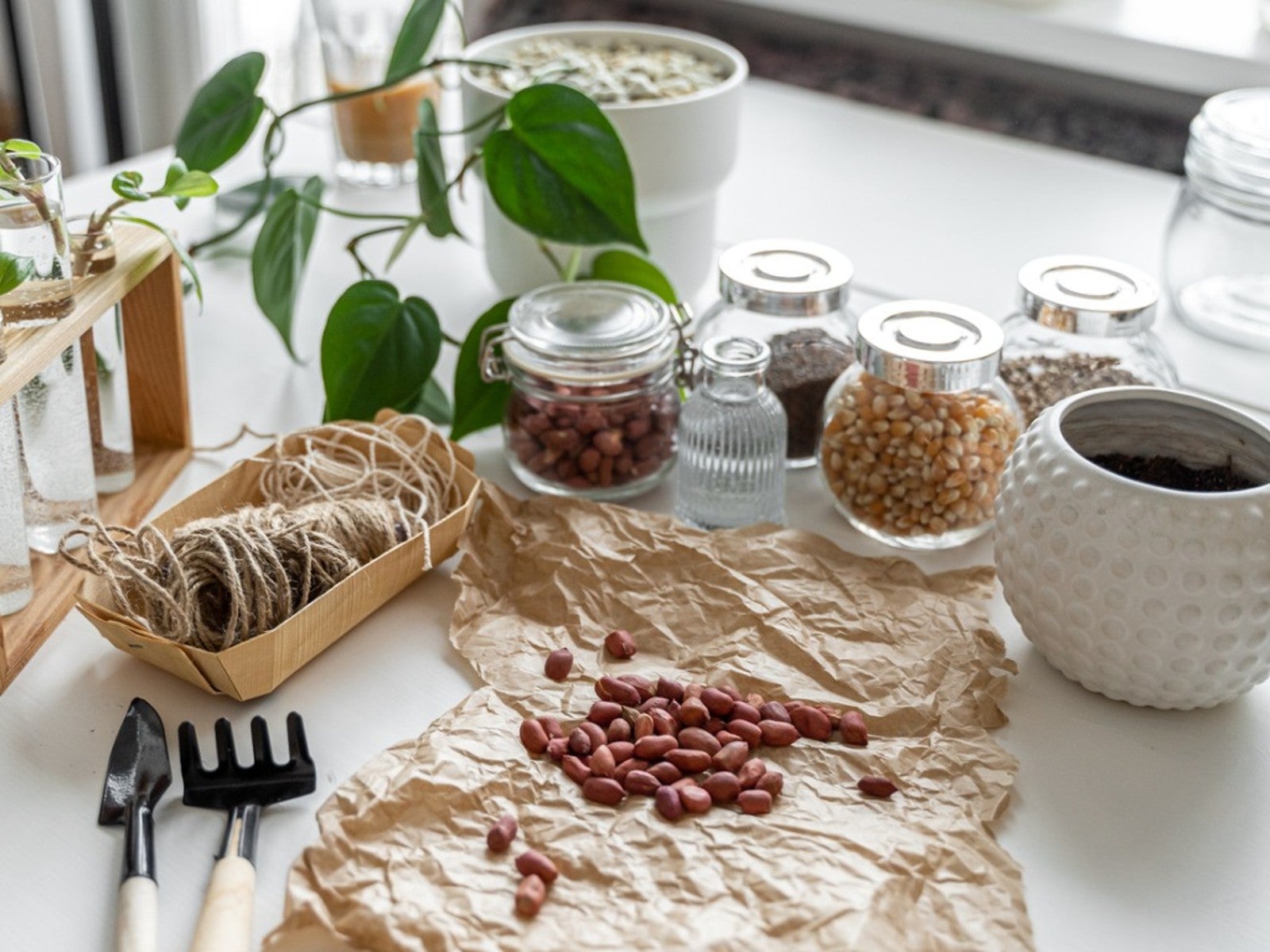 Indoor Peanut Growing – Learn How To Grow Peanuts Indoors
Indoor Peanut Growing – Learn How To Grow Peanuts IndoorsCan I grow a peanut plant indoors? This may sound like an odd question to people who live in sunny, warm climates, but for gardeners in chilly climates, the question makes perfect sense! If you want to learn how to grow peanuts indoors, click this article.
By Mary H. Dyer
-
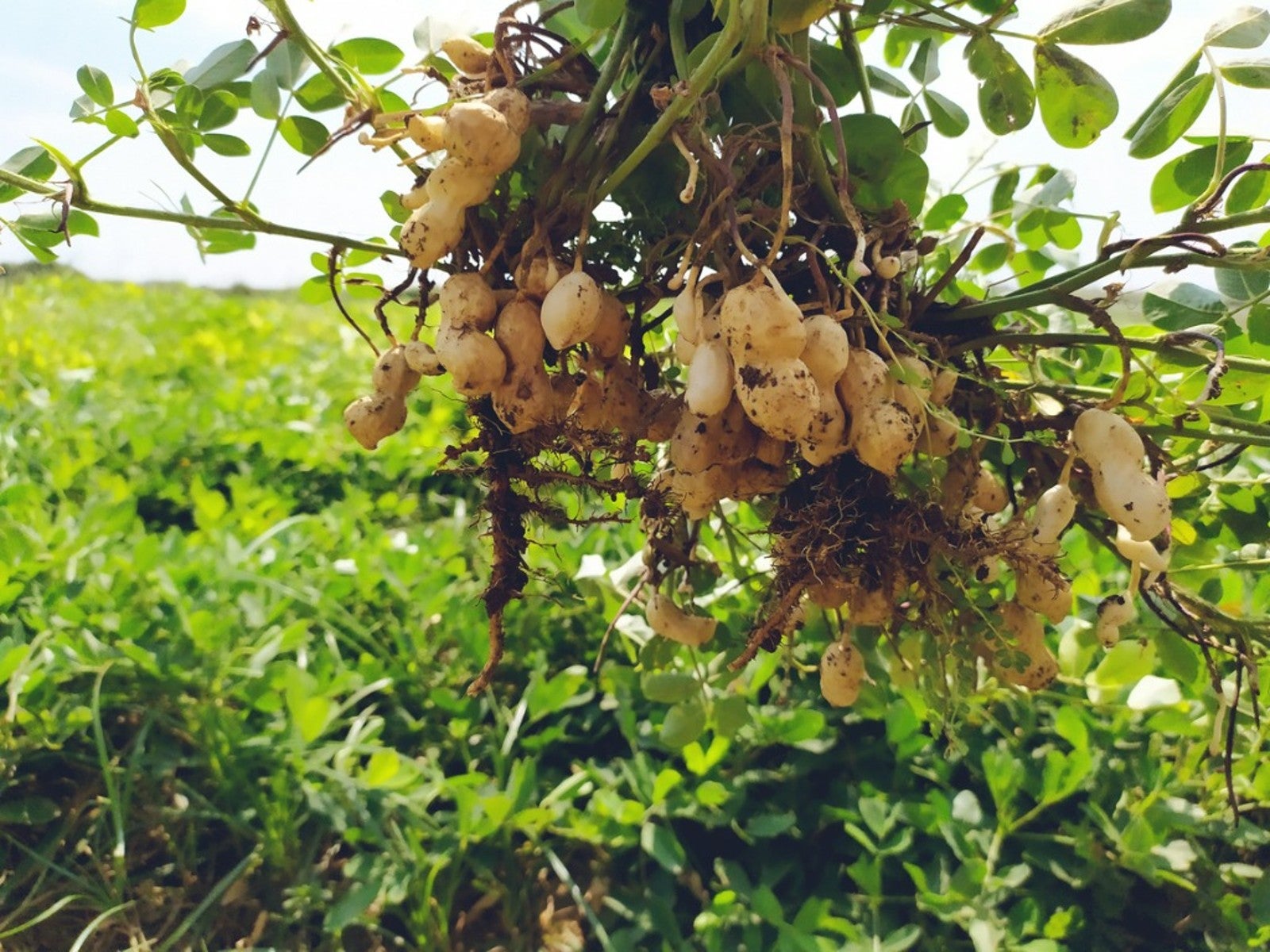 Runner Type Peanuts – Information About Runner Peanut Plants
Runner Type Peanuts – Information About Runner Peanut PlantsPeanuts are not at the top of the list of the most common plants in the garden, but they should be. They're relatively easy to grow, and there's nothing cooler than curing and shelling your very own peanuts. Learn about runner type peanuts in this article.
By Liz Baessler
-
 Groundcover Peanut Varieties: Using Peanut Plants As Groundcover
Groundcover Peanut Varieties: Using Peanut Plants As GroundcoverIf you are tired of mowing your lawn, take heart. There is a perennial peanut plant that produces no nuts but provides a beautiful lawn alternative. The pretty little yellow flowers are edible and can be used in salads. Learn more about these plants here.
By Bonnie L. Grant
-
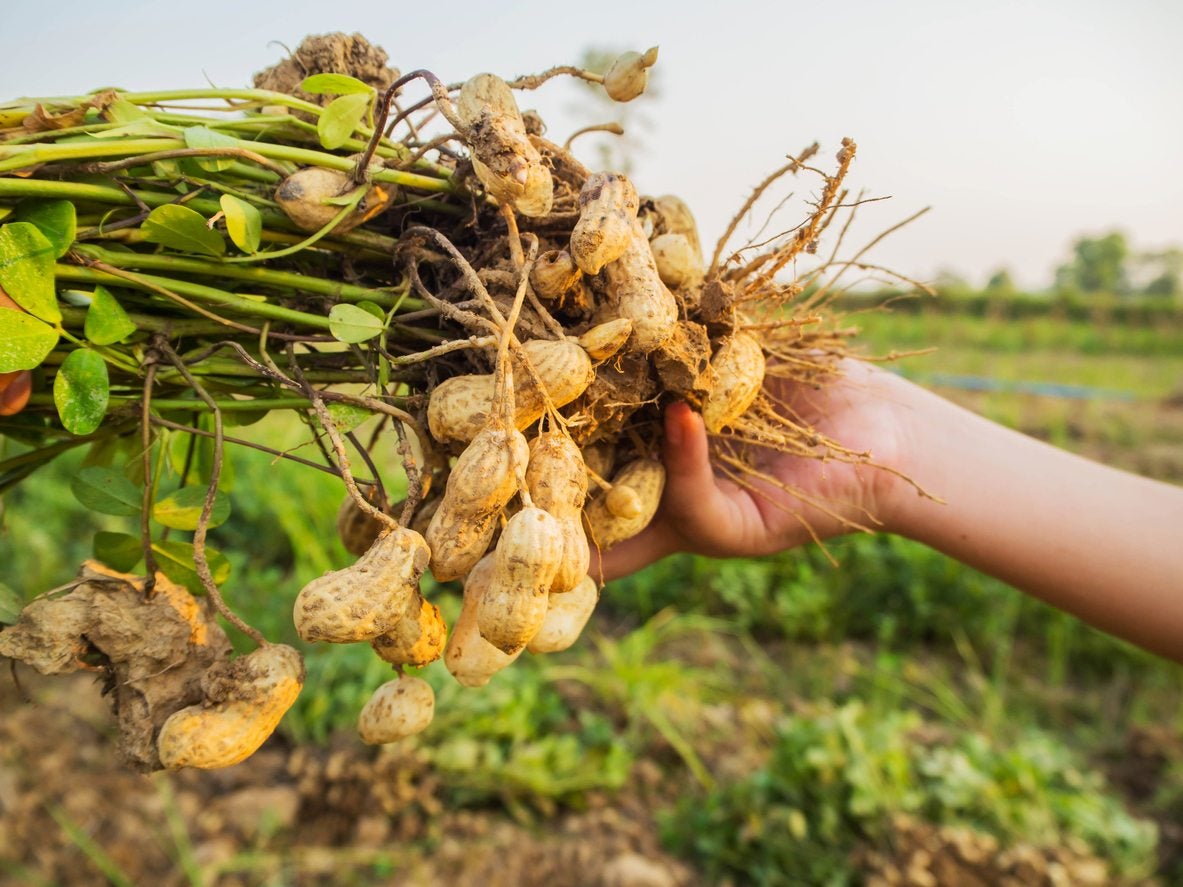 Types Of Peanut Plants: Learn About Different Varieties Of Peanut
Types Of Peanut Plants: Learn About Different Varieties Of PeanutWant to grow peanuts? How hard can it be? After all a peanut is a peanut. But what if your search of peanut plant seeds reveals that there's more variety to peanuts than you knew? Learn about the differences between these peanut plant varieties in this article.
By Darcy Larum
-
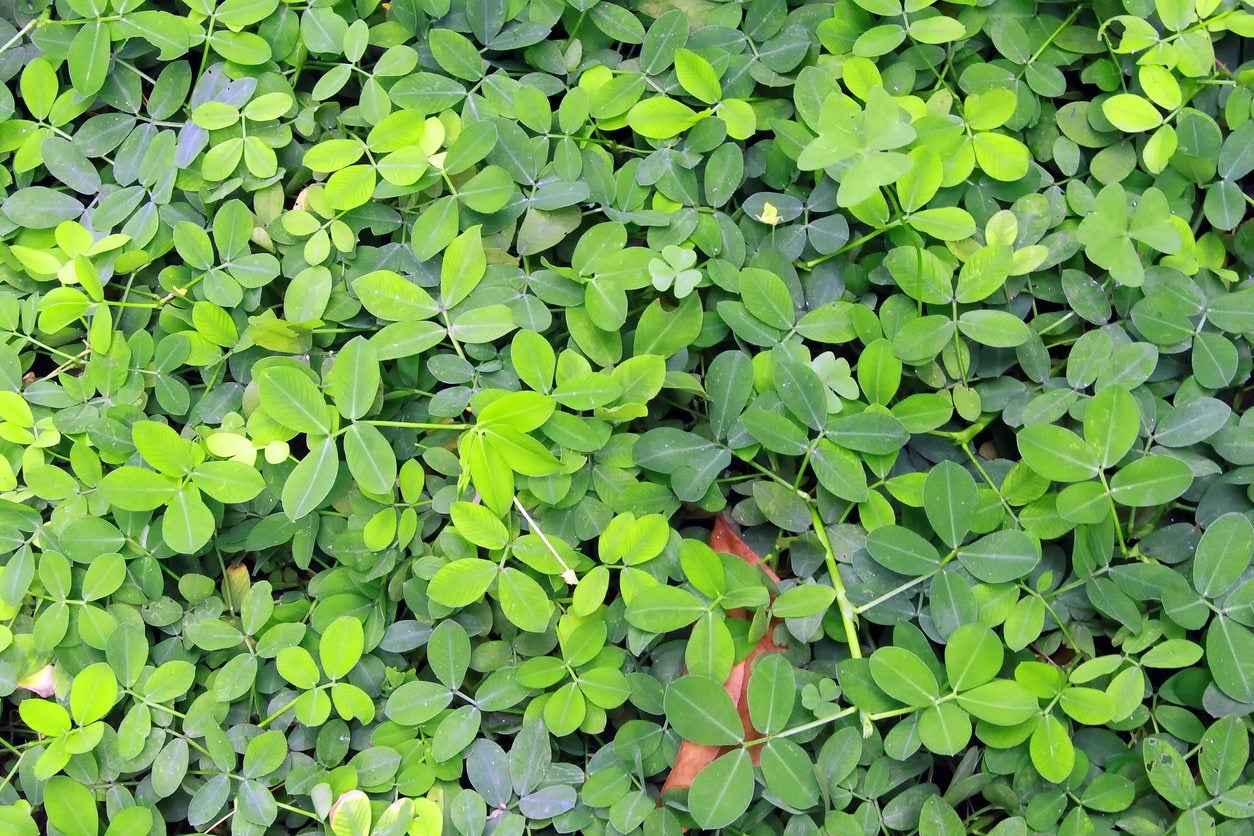 Using Peanuts To Improve Soil – What Are Benefits Of Peanuts In Soil
Using Peanuts To Improve Soil – What Are Benefits Of Peanuts In SoilPeanuts are legumes and, like all legumes, have the amazing ability to fix valuable nitrogen into the soil. Not only are you improving the soil with peanut planting but will end up with a tasty, nutrient rich snack for the family. Learn more here.
By Amy Grant